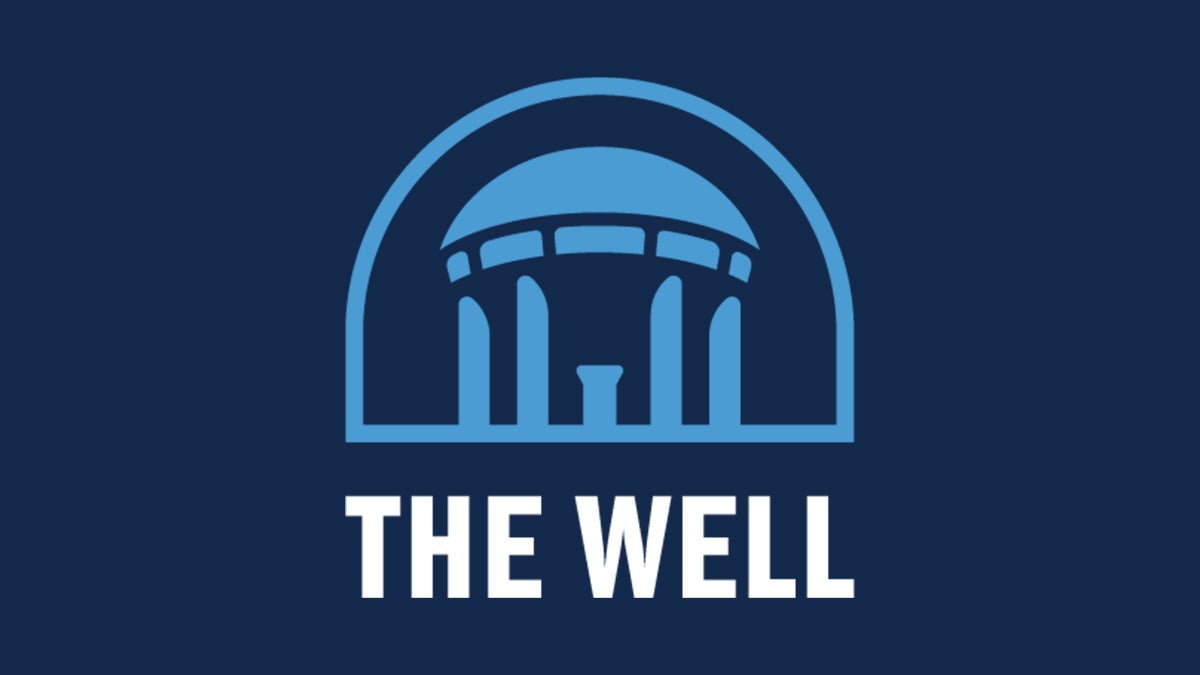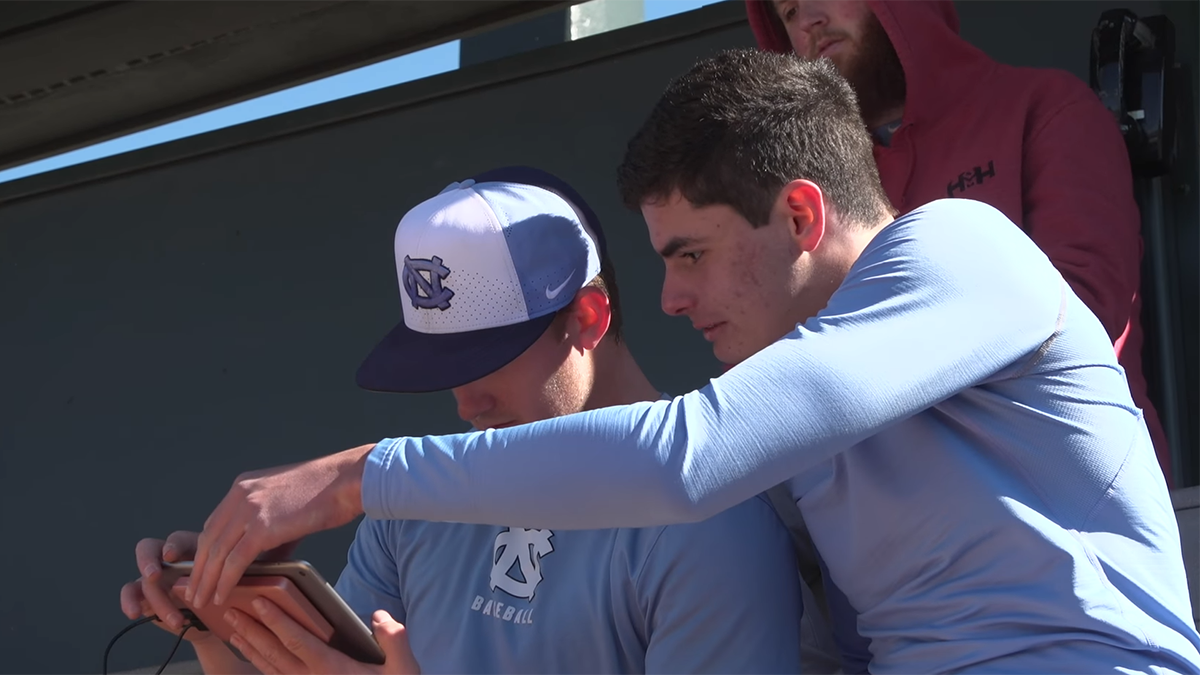Statistics skills lead to major league career
Decision-makers for the Boston Red Sox rely on Neil Pierre-Louis ’23, former student analyst for the Diamond Heels.

Several former Tar Heels are preparing to take the field for the start of the MLB season — but they aren’t the only Carolina alums to make it to the bigs.
Opening day is also approaching for Neil Pierre-Louis ’23, a software developer with the Boston Red Sox whose job combines his love for sports, analytics and computer science. As part of the team’s baseball systems staff, he creates tools and data visualizations used by executives to make thousands of baseball management decisions each year.
Which players should the organization select in the draft? How might a minor league pitcher’s skill set translate to the big leagues?
“Our decision-makers, whether it’s a player development coach or assistant GM, are very busy. A lot of these takeaways that they have from stuff we build need to be quick and very interpretable,” he explained.
Pierre-Louis, who studied computer science and statistics at Carolina, flew to Boston to interview for the role during his final week of classes. He received the job offer before returning to Chapel Hill.
“I thought I was actually going to go back to Google full-time,” said Pierre-Louis, who interned with the tech company before his senior year.
Getting started at Carolina
The son of two Tar Heels, Pierre-Louis planned to study environmental science.
His path changed when he took COMP 110 with professor Kris Jordan and “fell in love with computer science.” His father, a biostatistics scholar, also suggested minoring in statistics.
Learning coding languages like Python and R wasn’t easy for Pierre-Louis, but realizing he could use technology and numbers to answer questions about his favorite sport, hockey, made the work rewarding.
He began to apply his curiosity to baseball at the suggestion of a friend. Bradley Buchner ’23, a future intern with the Chicago Cubs, told Pierre-Louis to apply for a position on the student-run analytics arm of the Carolina baseball program.
The operation started with one student, Micah Daley-Harris ’20 — now on staff with the Arizona Diamondbacks — and has since grown to a 25-student group that helps the team by completing research projects, scouting opponents and operating in-stadium technology.
Pierre-Louis’ first responsibilities with the Tar Heels involved completing scouting projects and operating high-tech camera systems during games. He became a project lead as a senior, managing other students and conducting research to help the team with batting. He even built out a pitch-prediction model based on years of play-by-play data.
The work received praise from Michael Ganley, director of baseball technology for the Red Sox.
“I remember him saying how much the experience at UNC baseball stood out,” Pierre-Louis said.
Office at the ballpark
The iconic Fenway Park, MLB’s oldest active stadium, makes for a great office. Pierre-Louis routinely sticks around for home games during the season.
His specific responsibilities change with the calendar. Lately he’s focused on projects related to spring training and the start of the season. In the summer, his attention will shift to preparation for the MLB draft and the trade deadline.
As a young professional working in sports analytics, he has advice for others aspiring to do the same:
- Don’t be afraid to reach out to coaches to see if your work can help them.
- Build a portfolio that showcases your ability and passion.
- Be willing to share your work with others to get on people’s radar and invite feedback.
“Everyone is pretty much online, whether it’s Twitter or LinkedIn, in the sports world,” Pierre-Louis said. “People will see your stuff.”


